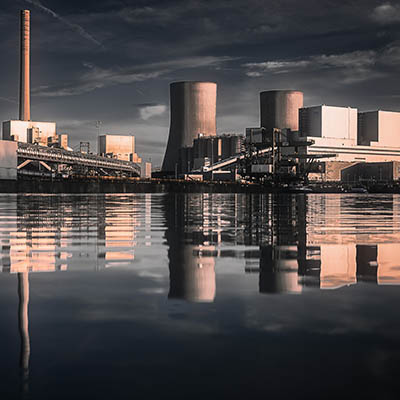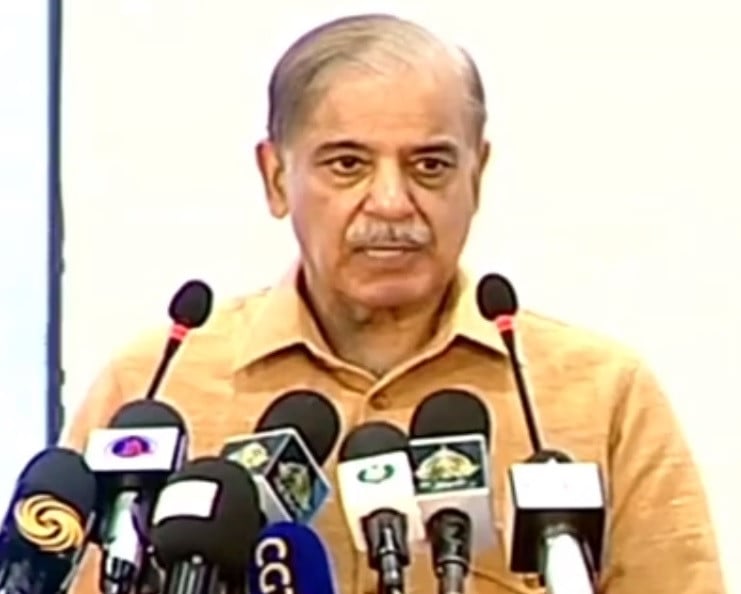FuturePAF
ELITE MEMBER

- Joined
- Dec 17, 2014
- Messages
- 10,534
- Reaction score
- 24
- Country
- Location
How severe are the delays?All projects are ongoing, some delays on first three .
Follow along with the video below to see how to install our site as a web app on your home screen.
Note: This feature may not be available in some browsers.

How severe are the delays?All projects are ongoing, some delays on first three .












Hmm, but how many MWh did they produce in February? MW alone doesnt tell much.Electricity generation in the country registered a 4% year-on-year decline, hitting 11,541 MW during February 2023, compared to 12,036 MW generated in February 2022.

Why not now to switch from foreign imported coals to local thar coal it will save billions of dollars and hence give boost to local economy of thar and the region and eventually the whole of Pakistan we can also export these indigenous thar coal to China etc who ever wants it. Long live Pakistan.,,.,.
Prime Minister Shehbaz Sharif said on Wednesday that energy transmission lines in Thar will be set up by April 30 which will help transport electricity to the rest of Pakistan. He thanked China and Shanghai Electric for undertaking the development operations.
Addressing public at the inauguration of two projects at Thar, he urged stakeholders to complete the establishment of the transmission lines by the given date.
“Thar coal provides Pakistan an excellent avenue to generate electricity,” he said.
“Around 2,200 MW of energy is being generated at Thar which is saving billions of dollars for Pakistan in imports and other costs.”
He stated that coal prices around the world had skyrocketed during the past few months and Thar coal deposits have “provided a lifeline to Pakistan”.
“Thar will follow the pattern of growth seen by Karachi and the economy as a while will benefit from energy generation,” the PM stressed.
Thanking China for its role in the initiative, PM Shehbaz said that the next phase of the China-Pakistan Economic Corridor (CPEC) will focus on trade, agriculture, economy, technology and special economic zones.
“I will talk to Chinese officials to expedite work on phase II,” he said. “CPEC is a part of this government’s strategy to uplift Pakistan and our country will escape crisis.”
He also announced the construction of a hospital in Thar for residents of the region.
Last year, PM Shehbaz Sharif had called for drafting a policy to shift all coal-based power plants of Pakistan to Thar coal in a bid to supply cheap electricity to the public and save foreign exchange reserves, lamenting the high cost of residential and commercial electricity in Pakistan.
PM Shehbaz said that initially, the government would use both foreign and Thar coal to generate electricity in coal-based power plants of Pakistan and gradually shift entirely towards the use of Thar coal.

Why not now to switch from foreign imported coals to local thar coal it will save billions of dollars and hence give boost to local economy of thar and the region and eventually the whole of Pakistan we can also export these indigenous thar coal to China etc who ever wants it. Long live Pakistan




KE to sign pact with Centre for 2,600MW
